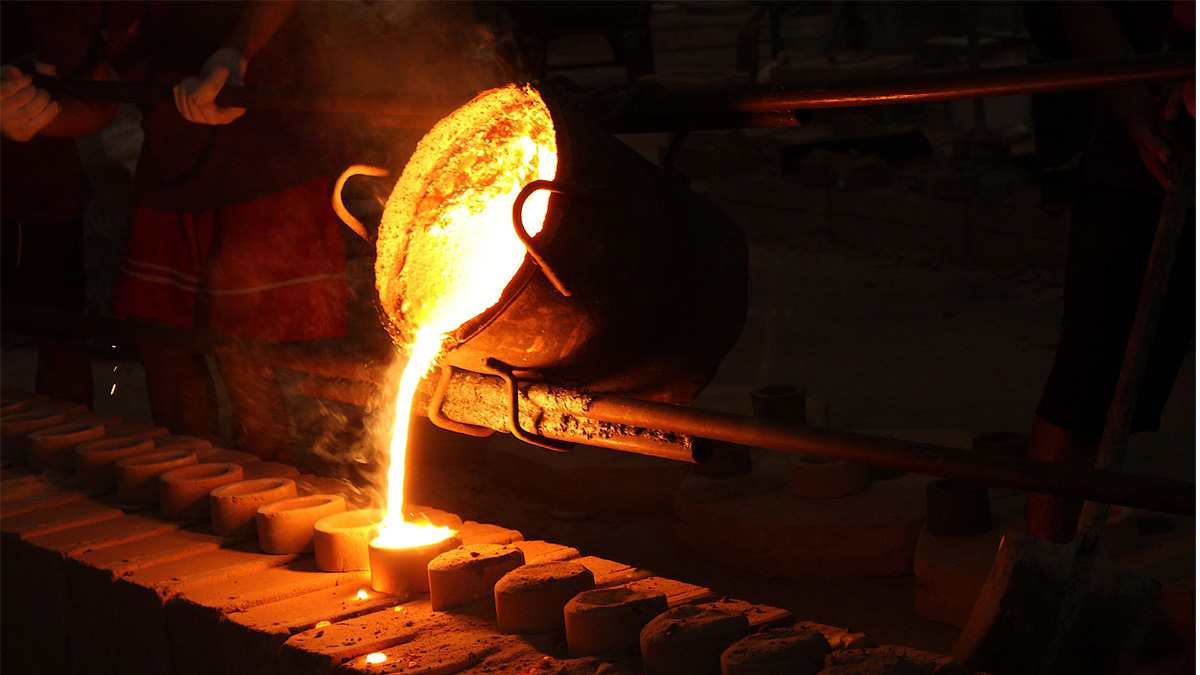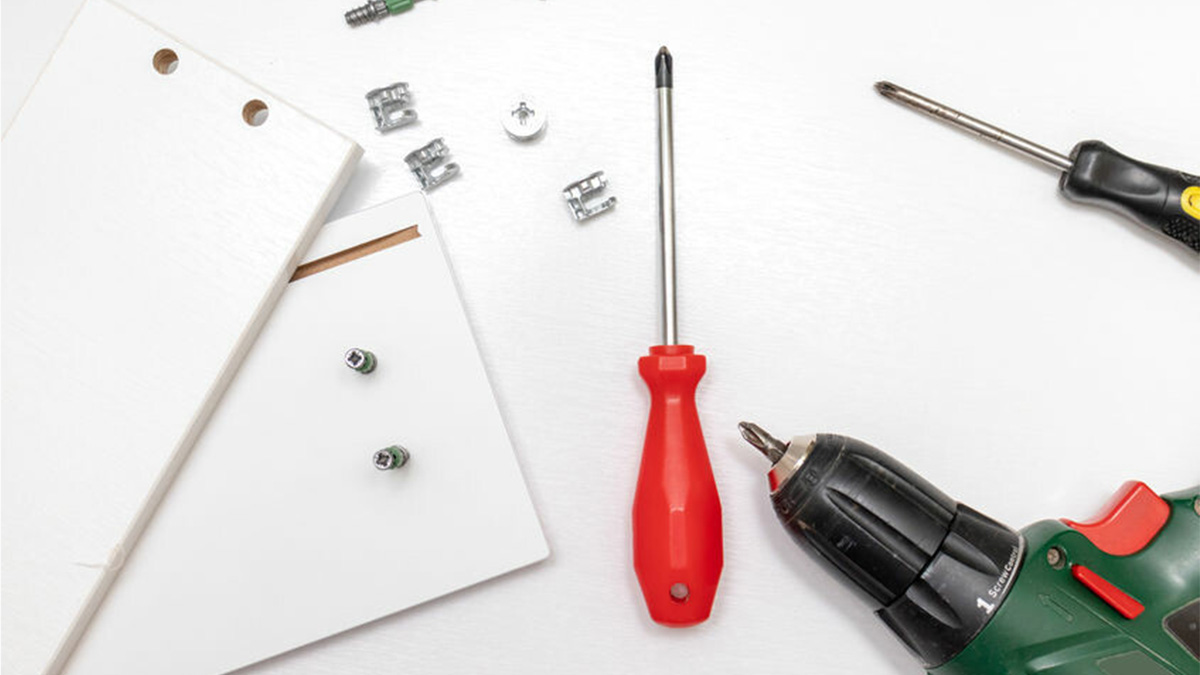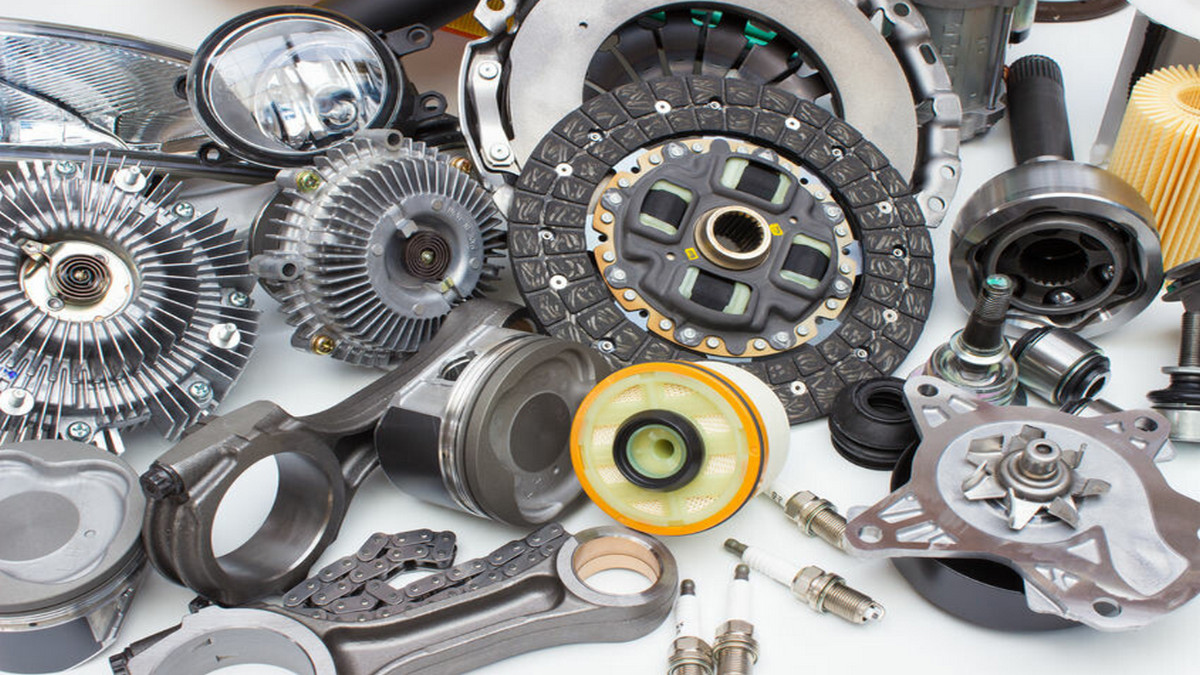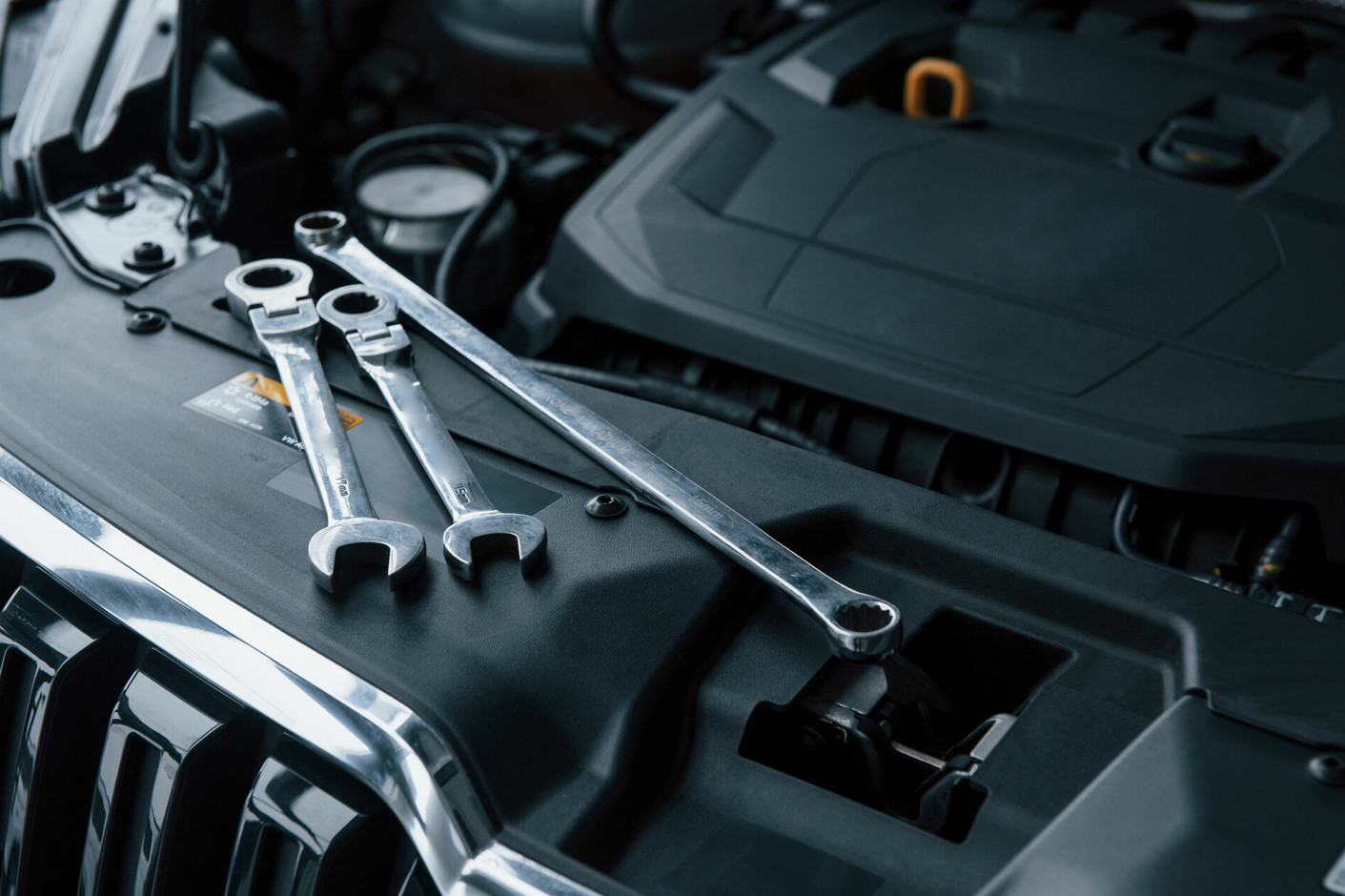Hot runner technology is an advanced technology being applied to the runner systems of plastic injection molds. Hot runner process are still in the development stage of plastic injection molding technology.
What Is a Hot Runner?
During the plastic injection process a “Hot Runner” ensures that the plastic passing through the runner stays molten by heating the runner. Temperatures along the entire runner, from the barrel outlet of the injection molding machine to the gate at the mold, are in a constant state of flux. By using heating rods and heating rings near the runner, a high-temperature state is maintained and the plastic in the runner is kept molten. Generally, between operation runs, it is not necessary to open the runner to take out the plastic after the machine is shut down. It is only necessary to heat the runner to the required temperature when the machine is turned on again. The production cycle of the hot runner mold is shorter than that of the traditional mold, which saves on raw materials. Today, hot runner molds have been widely used in industrial manufacturing.
What are Gates and Runners?
Runners are the tunnels molten plastic flow through to get to the mold. At the end of the runner is the gate which leads into the mold cavity. A hot runner mold is a mold in which the runners of a traditional three-plate mold are heated. Hot runner systems are divided into a fully hot runner and semi hot runner. The semi-hot runner has a simple hot runner structure on one side of the mold, is stable and easy to use, and has a low failure rate. Due to its simple structure, the maintenance cost is low, and the stability of production is more guaranteed.
The hot runner structure includes a manifold, a nozzle, and a temperature control box. A hot runner can be divided into open type (miniature semi-hot runner) and needle valve type (insulated runner). The hot nozzle directly determines the design of the hot runner system and how the mold is manufactured. A manifold is used when a mold has multiple cavities or multi-point feeding and is generally divided into standard and non-standard. Its structure is mainly determined by the distribution of cavities in the mold, the arrangement of the nozzles, and the position of the gates. The mold has a temperature control box for electronic control.
The Working Principle of the Hot Runner:
In the hot runner mold, the plastic raw material enters directly into the mold chamber rather than passing through a traditional cold runner which allows the runner to cool and solidify between each cycle.
Advantages of Hot Runner:
-
Shortens cycle time -
The molding cycle of the part is shortened. Because there is no limitation on the cooling time of the runner system, the part can be ejected in time after it is formed and solidified. Many thin-walled parts produced with hot runner molds can have a molding cycle of fewer than 5 seconds.
-
Saves on plastic -
There is no cold runner in the hot runner mold, so production and material costs are reduced.
-
Reduces waste -
During the hot runner mold forming process, the plastic melt temperature is accurately controlled in the runner system. Plastic flows more uniformly into the cavities, resulting in consistent quality parts. The gate quality of the parts formed by the hot runner is good, the residual stress after demolding is low, and the deformation of the parts is small.
-
Production is automated -
Elimination of subsequent processes is conducive to production automation. The product is finished when it leaves the mold, and there is no need to trim the gate and recycle the cold runner. Many foreign product manufacturers have combined hot runner and automation to greatly improve production efficiency.
Disadvantages of Hot Runner:
-
Higher initial costs -
The cost of hot runner molds, as well as the components, can be significantly higher. For low volume production, the high overhead cost of mold tooling is the main reason hot runner molds are not more widely accepted.
-
High equipment requirements -
Precision machining is required on the production process of hot runner mold equipment. The integration and cooperation requirements of the hot runner system and the mold are extremely strict. Lapses in quality could result in serious production process problems. Poor plastic seals could lead to plastic overflow and damage to hot runner components, interrupting production. If the relative positions of nozzle inserts and gates are not good, a serious decline in product quality could result.
- Complex operation and maintenance -
Compared with cold runner molds, hot runner molds are more complicated to operate and maintain. Improper use and operation can easily damage hot runner parts, making production impossible and causing huge economic losses. For new users of hot runner molds, it may take a long time to accumulate experience.














